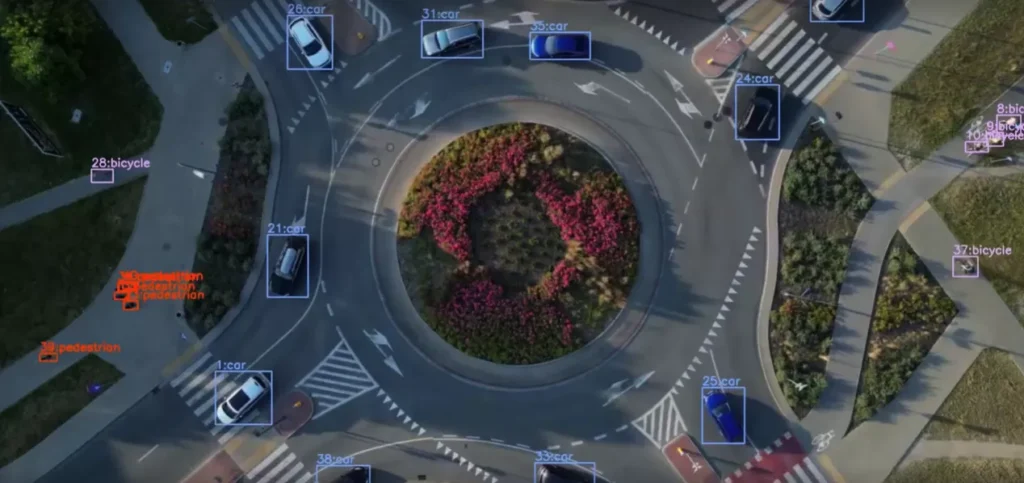
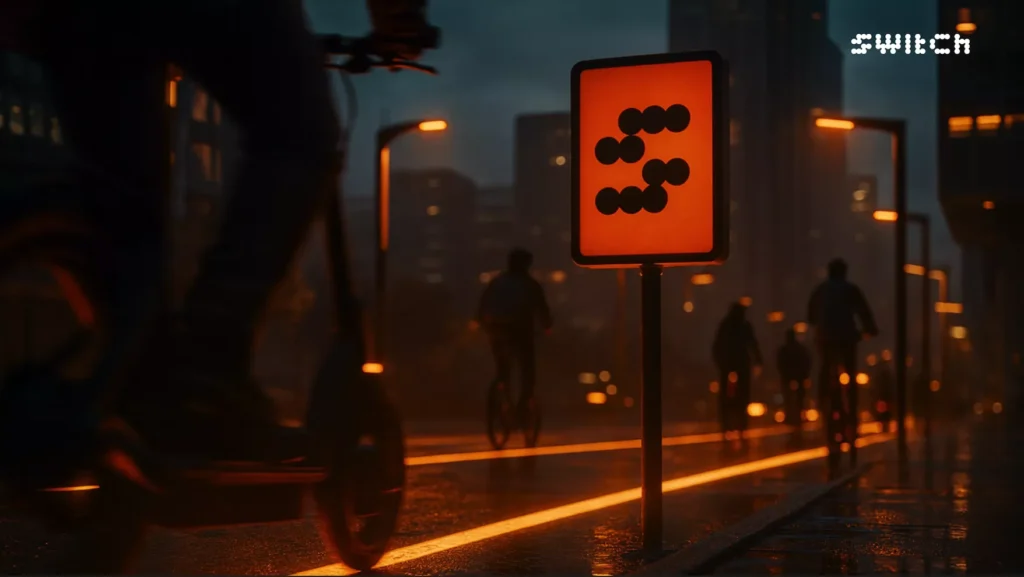

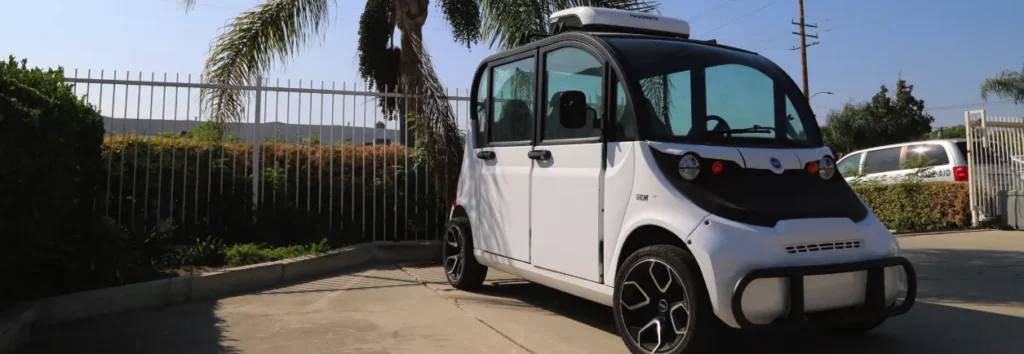
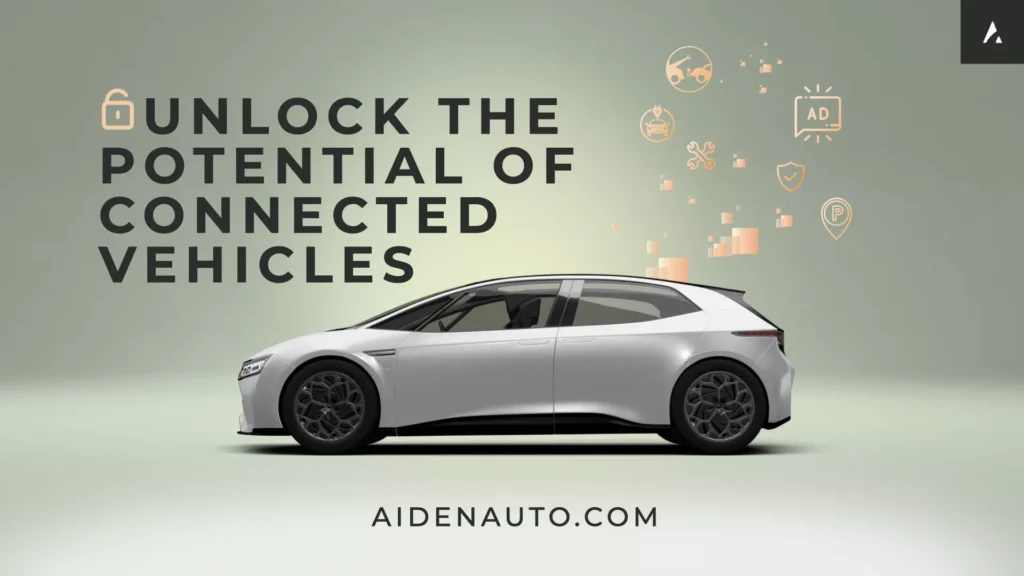






From EVs and batteries to autonomous vehicles and urban transport, we cover what actually matters. Delivered to your inbox weekly.
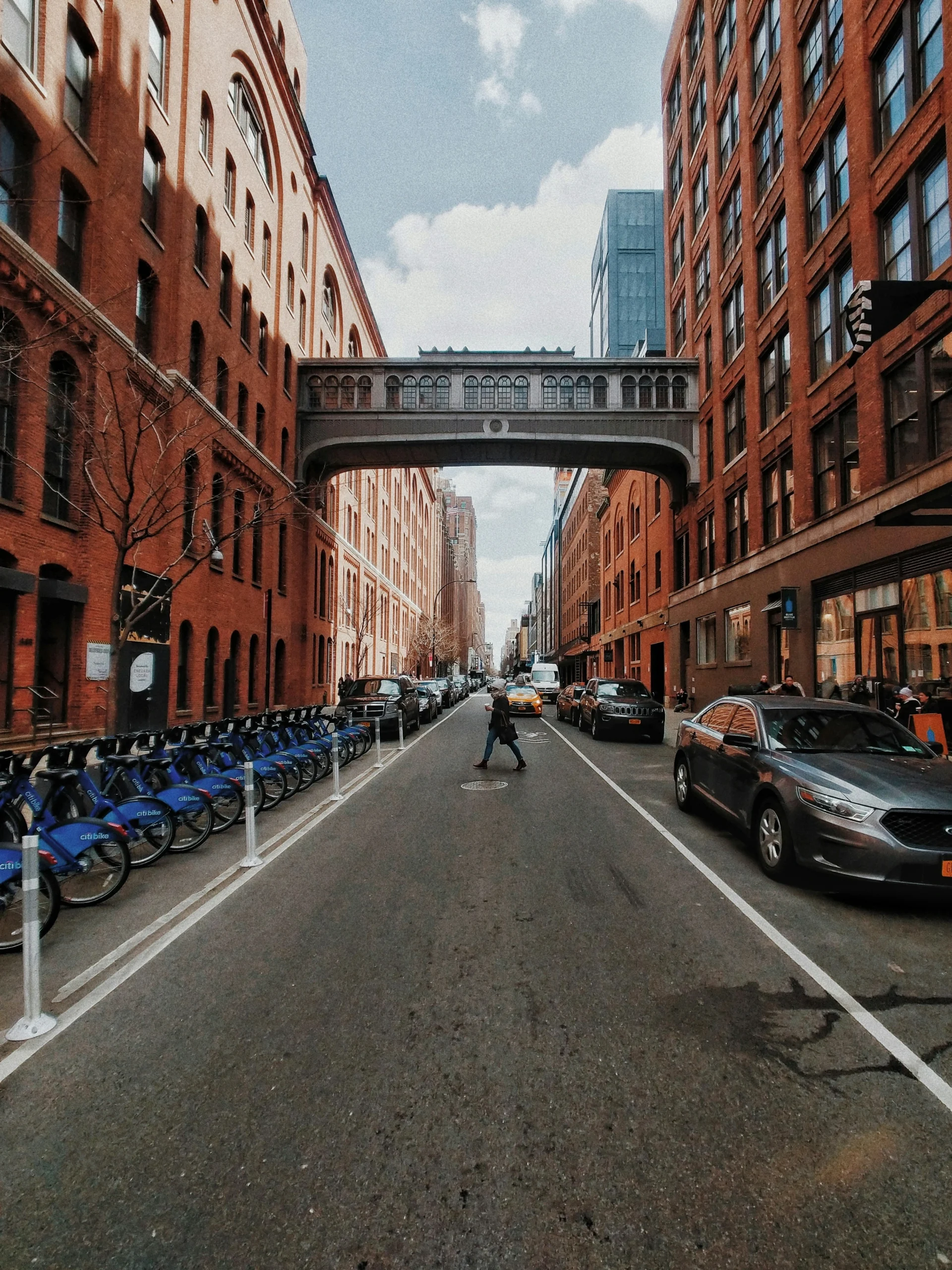
A New York City pilot aimed at easing last-mile delivery congestion is faltering, with its biggest carrier ignoring the rules. UPS, one of the program’s permitted operators, routinely parks illegally just feet away from the curbside “microhubs” it’s supposed to use—spaces specifically created to shift parcels from trucks to cargo bikes in dense urban areas.
Despite reserving these designated curb zones, which are meant to cut back on double-parking and ease sidewalk crowding, UPS drivers have largely bypassed them. Observers noted UPS trucks double-parked even when their paid microhub spots sat empty. This non-compliance undermines the basic function of the pilot and signals a deeper problem: the cost of violating parking rules is still lower than the cost of logistics disruption.
The program only covers three microhub sites in one of Manhattan’s most crowded neighborhoods. In theory, they allow large delivery trucks to drop off parcels in a centralized, protected zone. From there, smaller cargo bikes take packages to final destinations. The goal is to reduce congestion, carbon emissions, and roadway conflicts. In practice, only Amazon and Net-Zero Logistics have leaned in. Net-Zero uses the hubs for 12 hours a day, while Amazon participates sporadically.
UPS not only holds an active permit but helped shape the program’s early framework. Yet continued use of traditional curbside delivery—with its associated tickets—raises questions about incentive alignment:
The city’s Department of Transportation has made clear that it may revoke permits from operators not using the hubs as planned. Still, unless the cost-benefit math changes—or enforcement intensifies—volume carriers like UPS may continue to choose convenience over compliance.
The model itself isn’t broken; Net-Zero’s regular use suggests high viability for newer fleets optimized for sustainable delivery. But uptake from major players will likely remain limited without more consistent enforcement, real-time monitoring, and economic signals that reward alignment. As cities move to reclaim curb space for new transit and climate goals, how they manage enforcement and incentives will be critical.